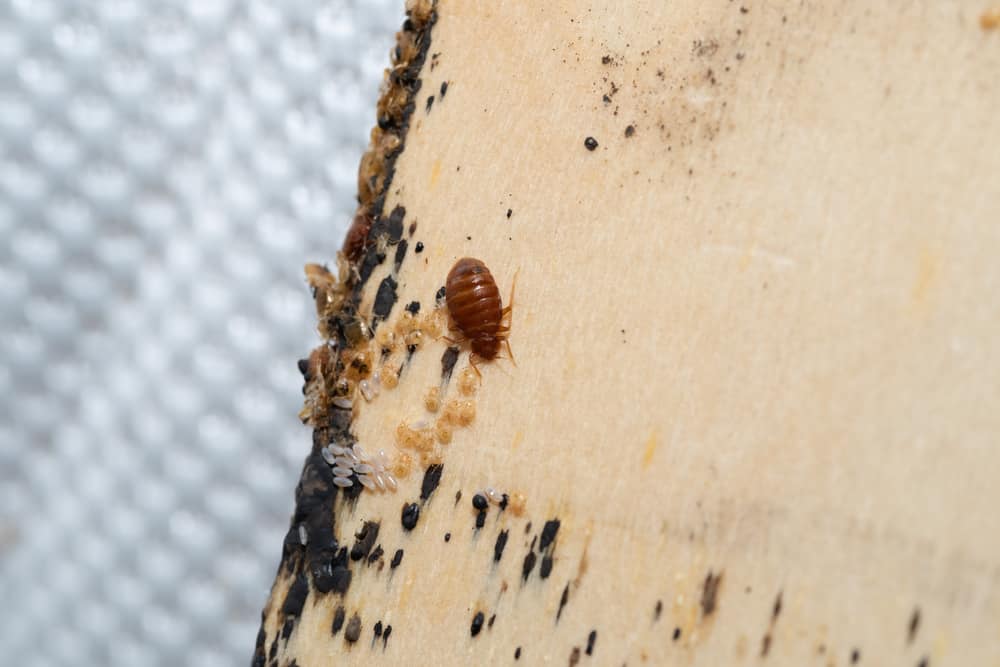It’s difficult enough to spot bed bugs because of their incredibly small size. But it’s even more challenging to find their eggs. Even when you have a raging bed bug infestation at home, it’s not always the easiest thing in the world to notice and identify bed bug eggs.
So, what do bed bug eggs look like? How do you know that you’re looking at bed bug eggs and not eggs laid by other insects or pests?
Today, we’ll take a deep dive into the physical characteristics of bed bug eggs to help you identify them more easily. We’ll also give you some of our top tips for getting rid of bed bug eggs in your home to prevent an infestation from getting worse. Keep reading to learn more!
How Bed Bugs Produce and Lay Eggs: The Basics
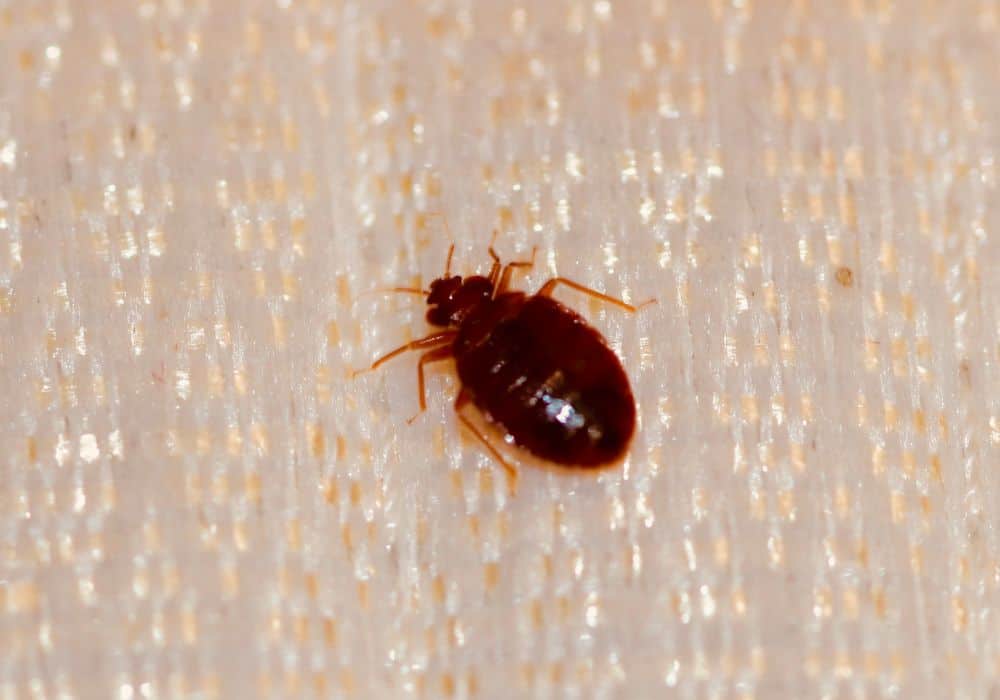
Male and female bed bugs get together in tiny cracks and crevices to mate. The male bed bug mounts the female and pierces her abdomen to deposit sperm directly into her body. This process is called traumatic insemination—a strange but common form of mating among arthropods.
From there, the female needs to have at least one blood meal (from feeding on an animal or human with a bug bite). For the next few days, she’ll spend her time laying anywhere between one and seven eggs each day. At the end of her lifetime, a female bug will lay about 500 eggs in total.
This is quite a slow process compared to other insects. Some insects, such as flies, can lay hundreds of eggs each day. Bed bugs, on the other hand, lay only a handful of eggs, which take about a week or two to hatch.
Curious about the rest of the bed bug life cycle? Watch this quick video that explains what the life of a bed bug is like, from when it hatches as a bed bug nymph to when it becomes a full-fledged adult:
What Do the Eggs Look Like?
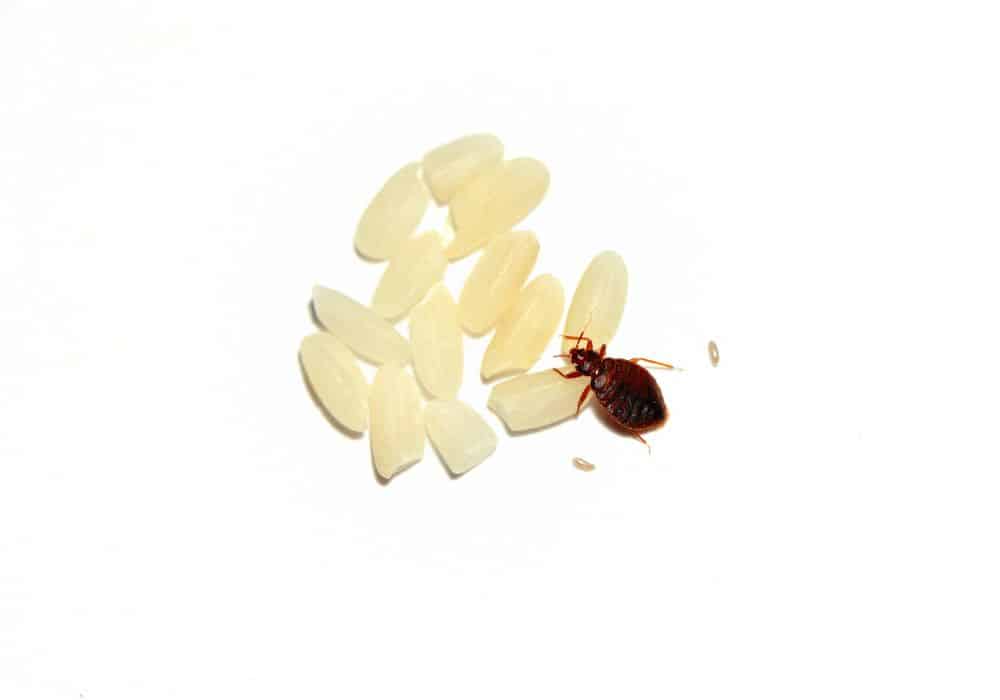
Bed bug eggs are difficult to spot, especially when you’re not actively looking for them. It’s important to pay the utmost attention to your mattress seams and the crevices in your home if you want to make a full inspection to hunt down any of these eggs. Use a flashlight if you must.
Here are some of the most distinct physical characteristics of bed bug eggs to help you track them down:
1. They’re small and oval-shaped
Bed bug eggs are tiny and have a long, oval shape. They kind of look like very small grains of rice, except in the size of just half of a poppy seed. Each egg is about one millimeter long only. That’s about the same thickness as a paper clip or a credit card.
But even if they’re small, they’re still visible to the naked eye. It’s easier to confirm that they are bed bug eggs when you look at them through a microscope. But as long as you know what these eggs look like, you will be able to identify them, even if they’re tiny.
These eggs have a translucent outer shell that is highly resistant to damage. This protective layer allows them to survive environmental changes and pesticides until they’re ready to emerge as young, immature bed bugs.
You’ll know an egg has hatched if the tiny grain-like egg has a small hole on the top. Watch this fascinating video to see how the nymph bed bug hatches out of its egg, causing that tiny hole:
2. They are covered in a sticky substance
These eggs are covered in a sticky substance emitted by the female bed bug when she lays them. This substance is meant to serve as an adhesive. It helps the eggs stick to a specific surface—like a headboard or bed frame—without falling off or getting dislodged.
Over time, the substance will harden, and the eggs will still be stuck to where the female bug originally placed them.
3. Their color ranges from transparent to pale yellow
Depending on how many days it’s been since they were laid, the color of bed bug eggs changes from transparent to a very light, pale yellow.
Early on in their life, while the eggs were just freshly laid, the sticky substance makes them soft and transparent. Later, when the substance starts to harden, the eggs take on a pale yellow hue.
4. They are soft and easy to squash
Even after the sticky substance around the eggs hardens, bed bug eggs are generally quite smooth and soft to the touch. It’s very easy to pop and squash them since they’re full of fluid. If you place the eggs in some tissue paper and crush them between your fingers, they can explode.
5. They have a musty odor
Bed bugs are known to ingest blood. This makes their scent glands emit a distinct, musty odor from all the iron they store in their bodies. This specific smell rubs off on their eggs, too. So, if you smell this type of aroma on tiny, oval-shaped eggs, you can almost be sure they are bed bug eggs.
Where Do Female Bed Bugs Usually Lay Their Eggs?
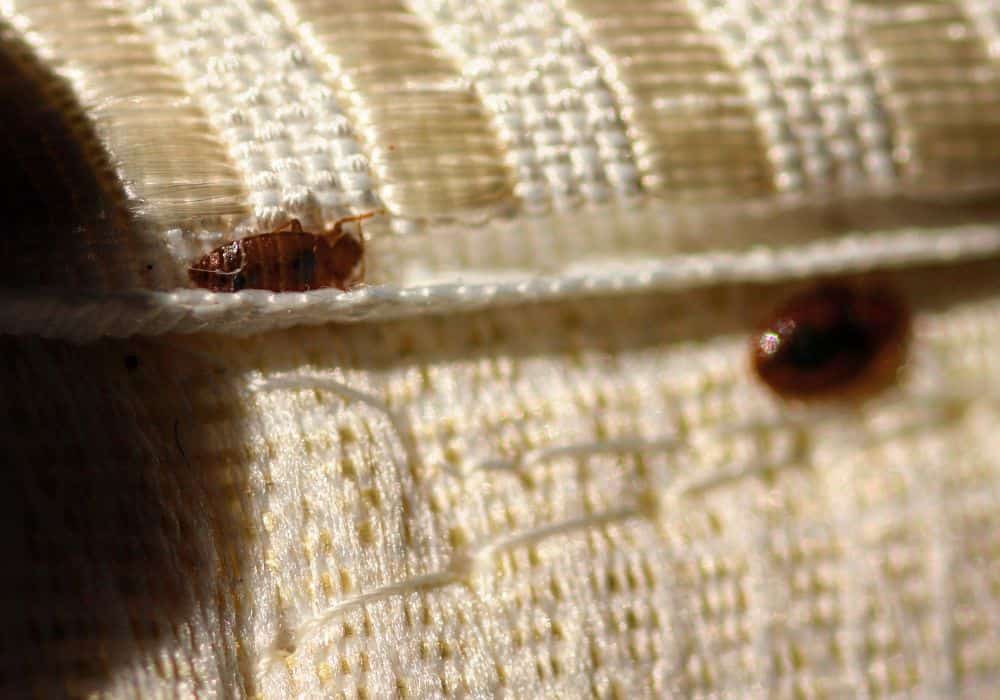
A female bug will usually lay her eggs near a potential food source. This is the same area where bed bugs usually hang out. Most often, you will see these eggs somewhere on mattress seams, a box spring, blankets, sheets, pillows, couches, and more.
You may also find bed bug eggs in carpets, rugs, the crevices in between floorboards, and underneath the wallpaper. Furniture pieces like picture frames and bookshelves might also be a good spot to lay eggs.
How to Get Rid of Bed Bug Eggs
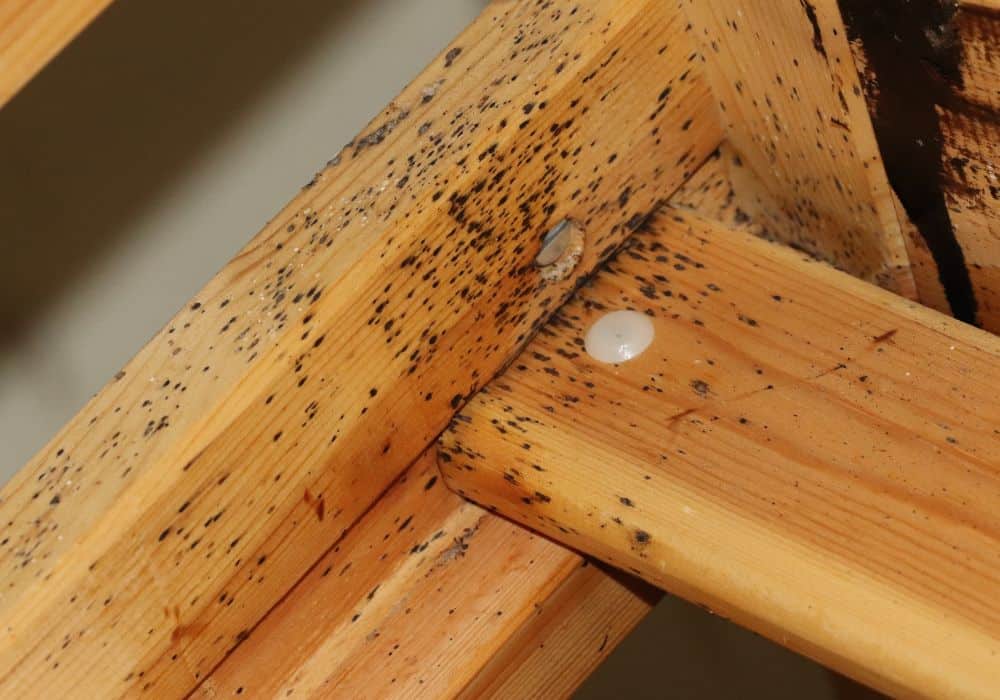
Because of the protective layer around bed bug eggs, they can be quite resistant to damage. But don’t worry—there are still lots of things you can do to kill these eggs early on. That way, they don’t develop into adult pests that give you and your family bed bug bites.
Here are a few things you can do to get rid of bed bug eggs:
1. Squash them before they hatch
The fastest way to get rid of the nymphs inside these eggs is to crush them. You can use paper towels to scrape them off the surface you find them sticking to. Then, crush them in the same paper towel. Make sure to dispose of these paper towels properly, ideally in an outdoor trash bin.
2. Vacuum them up
If you don’t want to touch the eggs, you can also just scoop them up with your vacuum cleaner. As soon as you’re done, empty the contents into a sealed bag and throw it away. You don’t want to leave the eggs hanging in your vacuum cleaner, where they can hatch.
3. Kill them with heat
You can do a heat treatment to kill bed bug eggs since they’re quite sensitive to extremely high temperatures. Exposing the eggs to a heat higher than 50°C (like with scalding hot water, steam cleaning, or a clothes dryer) can kill them on contact.
4. Use some bleach
While this isn’t a conventional way to kill bed bugs and their eggs, it will work. Bleach has harsh, toxic chemicals in it that can break down the eggs of bed bugs, thereby killing the nymph bugs inside it.
Be warned, though—soaking your mattresses, blankets, clothes, and upholstery can end up destroying them. We recommend you only use bleach to kill bed bug eggs as a last resort.
5. Discard infested clothes
If you see bed bug eggs on your clothes, throw them out right away. Sure, it’s a waste of perfectly good clothes, but it’s more than worth it to keep your home safe from bed bug infestations.
Seal your infested clothes in a plastic bag and throw them out in an outdoor bin immediately. If you’re worried about someone finding the clothes and upcycling them, you can write a note on the bag about the clothes being infested with bed bugs.
As a precautionary measure, throw all your clothes that were in the same area as the infested clothes in the laundry to wash them.
6. Call pest control professionals for help
If there are way too many bed bug eggs in your home, it would be best to call up pest control to get rid of them for you. They’ll assess the infestation situation in your home and come up with the best treatment plan for you. These professionals may also do extra treatments to prevent re-infestation.
Conclusion
Bed bug eggs can be difficult to spot. They’re super small, usually transparent or pale in color, and are even more minuscule than adult bed bugs. But as long as you know their physical attributes, you’ll have a better chance of spotting them before they hatch.
If you’re sure that you’re looking at a group of bed bug eggs, follow our tips above to get rid of them quickly. You can either kill them with heat or a vacuum cleaner. If you’re not the type to get queasy easily, you can also simply squash them dead.
By successfully getting rid of bed bug eggs, you can stop them from hatching into nymph beg bugs that can wreak havoc in your mattress, upholstery, carpets, and clothes later on. Keep an eye out for these hard-to-spot eggs to ensure you come out stronger than any bed bug infestation!
